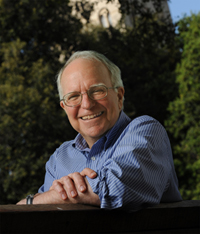

Research
BPEA | 1972 No. 2
1972, No. 2
UNEMPLOYMENT IS ALWAYS NEAR the forefront of economic policy
issues, but what is perceived as the chief unemployment problem keeps
changing. For most of the decade after 1956, excessive cyclical unemployment
was the chief policy problem. Its solution lay in restoring full employment
by expanding aggregate demand. As this purpose was achieved, inflation
emerged and unemployment as a policy problem took on two new
dimensions. One was how to reconcile full employment with reasonable
price stability. The other was how to reduce the excessive unemployment
that some groups of workers still suffered and that became increasingly apparent
as unemployment elsewhere became negligible. The new problems
were harder ones. They stimulated new research and innovative policy
proposals. Now, in the early 1970s, cyclical unemployment has reemerged
before any permanent solutions to the other problems have been found.
And the unemployment issue has taken on still another dimension: uncertainty
about what portion of unemployment is “purely cyclical” and what
the aggregate “full unemployment” target should be. The old 4 percent
goal brings more inflationary pressures than the nation cares to tolerate yet
still leaves many groups of workers, particularly blacks and younger
workers, suffering excessive unemployment and poor job opportunities.